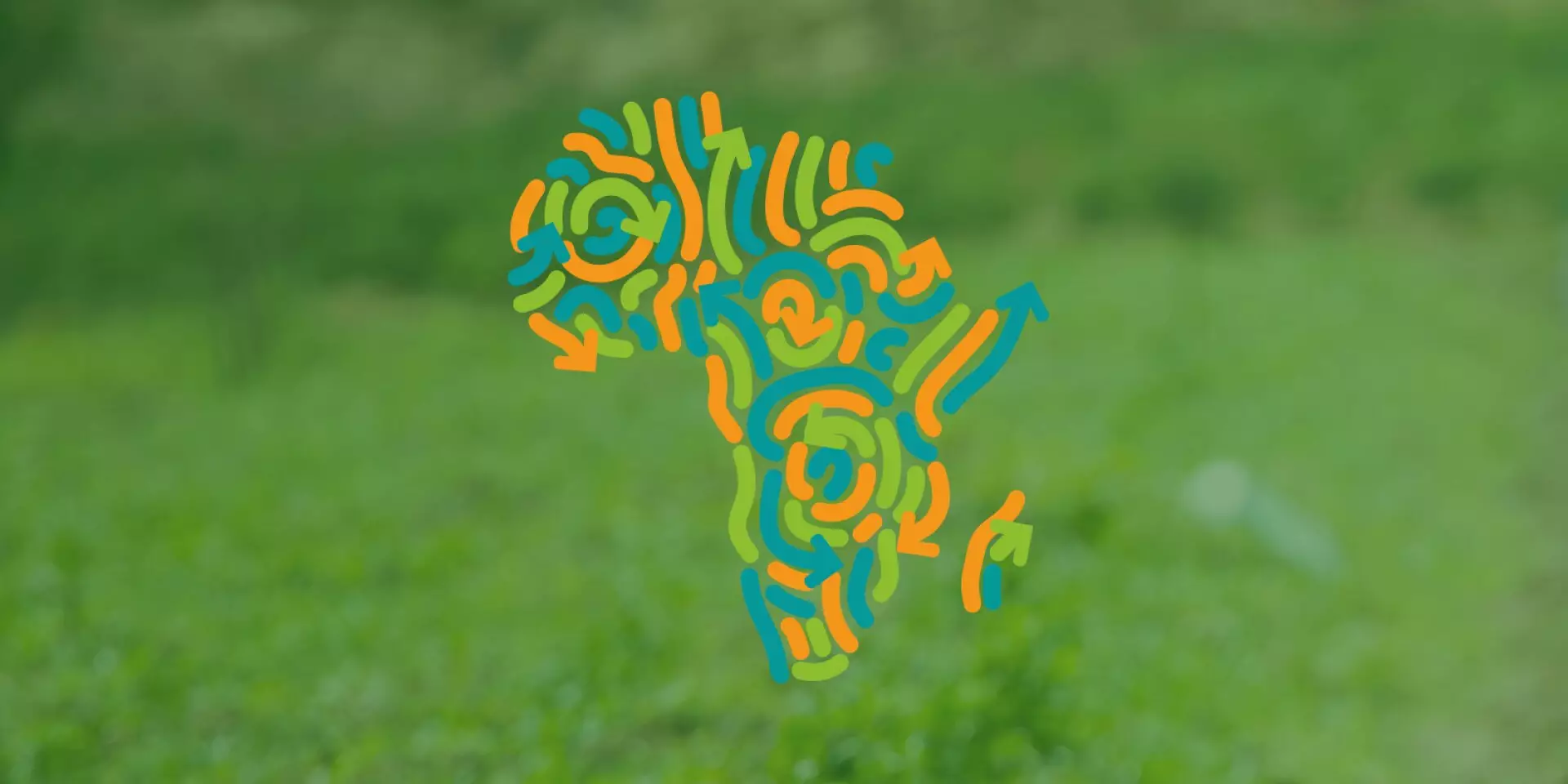In recent examinations of national adaptation policy documents across African nations, a concerning trend emerges: most are fraught with gaps and inconsistencies. This analysis, spearheaded by reputable organizations such as The Alliance of Bioversity and the International Center for Tropical Agriculture, highlights the urgent need for comprehensive strategies to combat the impacts of climate change, particularly within vital sectors like agriculture. The dismal funding scenario, where the continent receives a meager $30 billion annually compared to the required $277 billion for effective adaptation, underscores the pressing nature of this issue. As Africa grapples with the consequences of climate change, the inadequacies in national adaptation policies severely hinder the ability to channel necessary investments and track progress.
Each nation is faced with the daunting task of developing robust adaptation strategies that can withstand the impacts of climate variability. However, the findings reveal that the majority of African Nationally Determined Contributions (NDCs) and National Adaptation Plans (NAPs) contain only scant details essential for tracking adaptation efforts. An essential facet of effective climate policy lies in its ability to provide clear, action-oriented information. Unfortunately, this is often lacking, limiting both resource allocation and the evaluation of adaptation success on a national level.
Identifying Success Amidst Shortcomings
Notably, while the majority of adaptation policies fall short, there are exemplary cases that can serve as blueprints for success. Countries such as Benin, Burkina Faso, and South Africa have developed relatively strong NAPs that adequately address critical components like risk assessments and monitoring. Such instances of effective policy-making showcase how informed and cohesive strategies can satisfy both national priorities and global adaptation goals.
However, the disparity among countries reveals a broader problem in the realm of climate policy. While eight NAPs and four NDCs covered all key aspects of adaptation, the overall picture indicates misalignment and inconsistency. The need for greater coherence in adaptation policies is amplified by the urgency of climate impacts on vulnerable populations across the continent.
As these nations prepare for the 28th Conference of the Parties (COP28), the inadequacy of current adaptation policy frameworks raises significant questions regarding the efficacy of tracking adaptation efforts. The recent UAE–Belém Work Program aims to establish indicators for the Global Goal on Adaptation (GGA) but risks overlooking the importance of leveraging existing national frameworks that could serve as scaffolding for effective adaptation tracking.
The Role of the Global Community in Adaptation Tracking
A glaring issue within international climate discussions is the overemphasis on creating globally applicable indicators while neglecting the unique context of individual countries. This critique suggests a disparity between global guidelines and the local realities of African nations. Emphasizing the importance of existing policy frameworks, the authors of the recent study urge decision-makers to incorporate information from NDCs and NAPs into national assessments actively.
The Least Developed Countries Expert Group (LEG) plays a pivotal role in this transformation by reviewing the technical guidelines of NAPs. Their involvement could expedite the development of effective tracking systems vital for assessing climate adaptation progress. Moreover, a country-driven approach is essential for genuinely capturing adaptation accomplishments and challenges. Building robust adaptation-tracking systems does not necessarily require a complete overhaul of existing policies; rather, it necessitates leveraging the strengths of current frameworks.
Path Forward: Contextualizing Adaptation Needs
The findings clearly indicate the necessity for African nations to focus on enhancing the coverage and robustness of their adaptation policies before the deadlines for new NDCs and NAPs approach. Policymakers must be challenged to deliver comprehensive information regarding what actions need to be taken, why these actions matter, and how they will be implemented. The emphasis must shift toward creating meaningful, context-specific adaptation strategies that adequately reflect regional climate risks.
Andreea Nowak, the Research Team Lead on Climate Action at The Alliance of Bioversity, pointed out that existing frameworks present valuable opportunities to develop context-fit adaptation tracking systems. The goal is not to start from scratch, but rather to build on the lessons learned from successful countries. African leaders must look inward and grasp the potential of local insights while engaging effectively with continental and global partners.
With critical deadlines looming, the motivation for enhancing adaptation policies within Africa must be drawn from both a necessity to combat climate change and the rich opportunities to learn from both domestic and international experiences. The path forward lies in forging a cohesive strategy infused with local knowledge, ensuring that adaptation efforts are not merely symbolic, but effective in securing a more resilient future for all.

